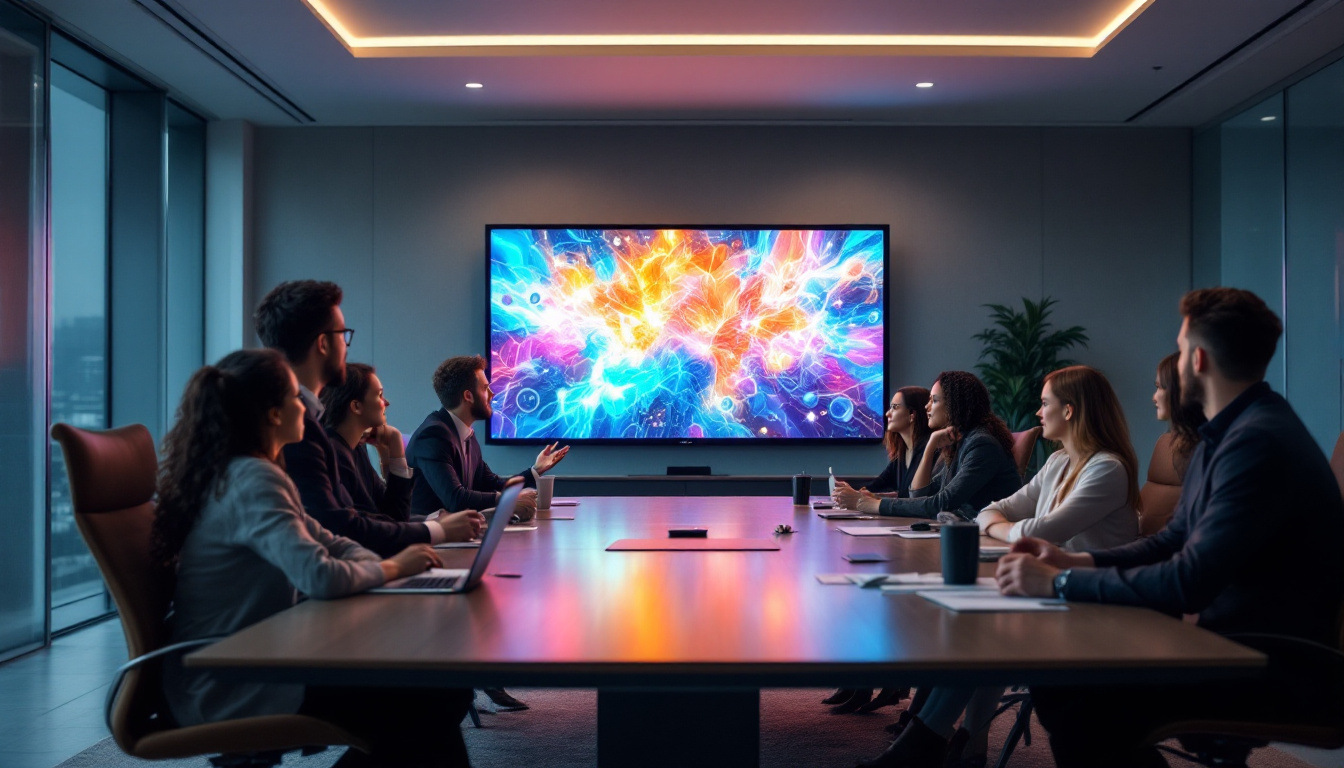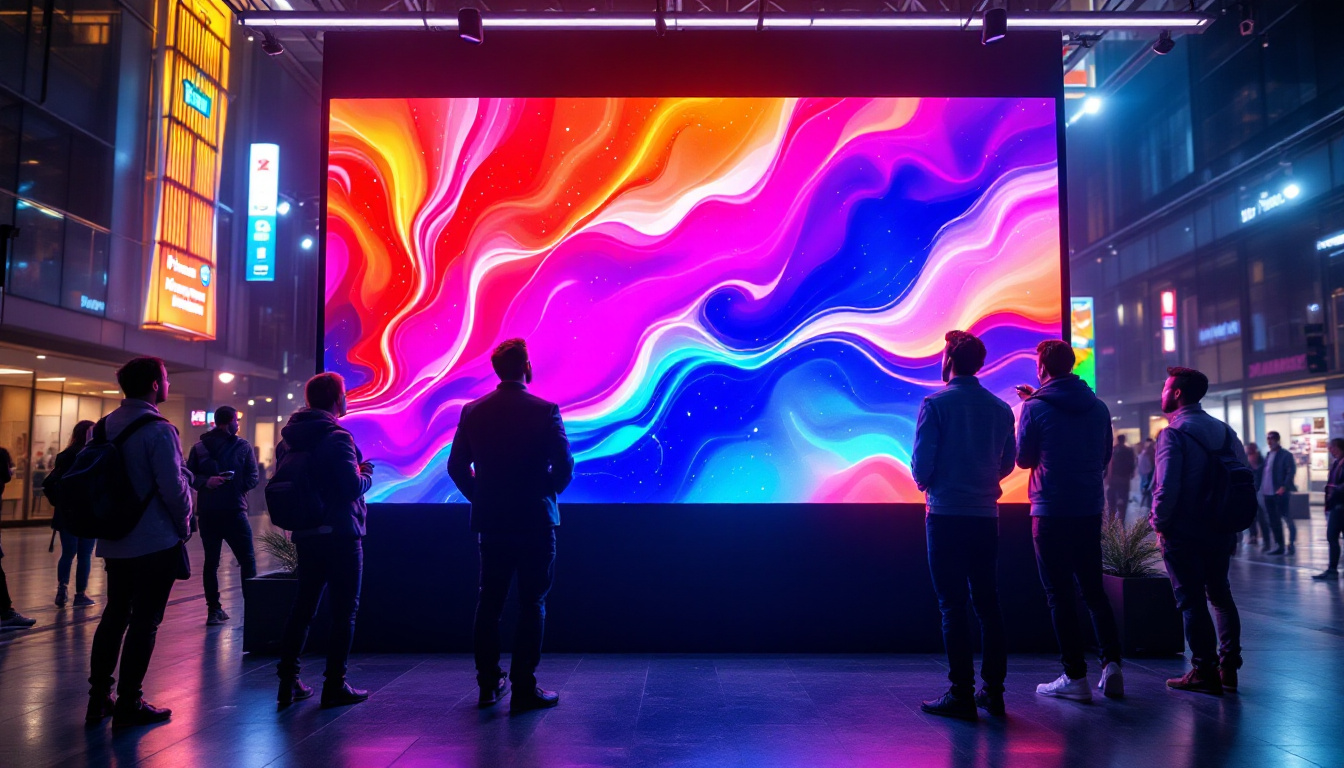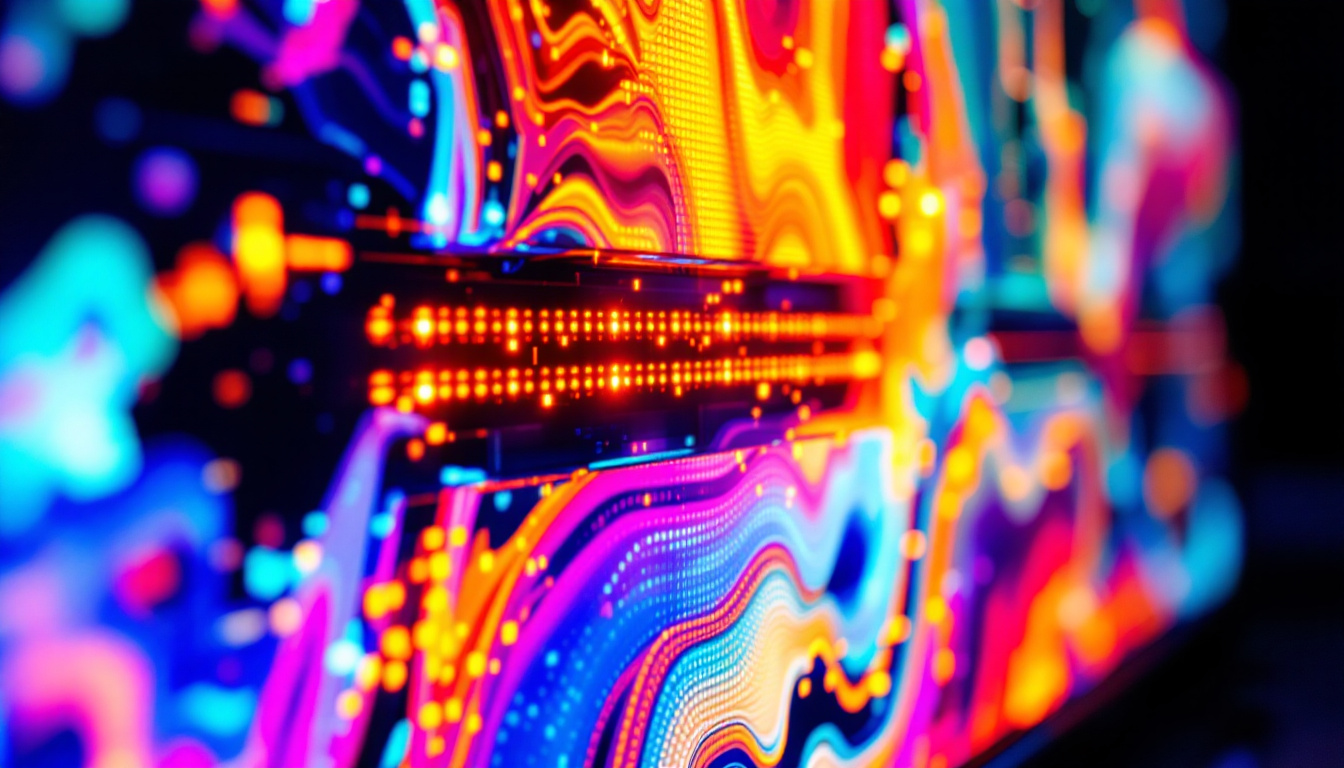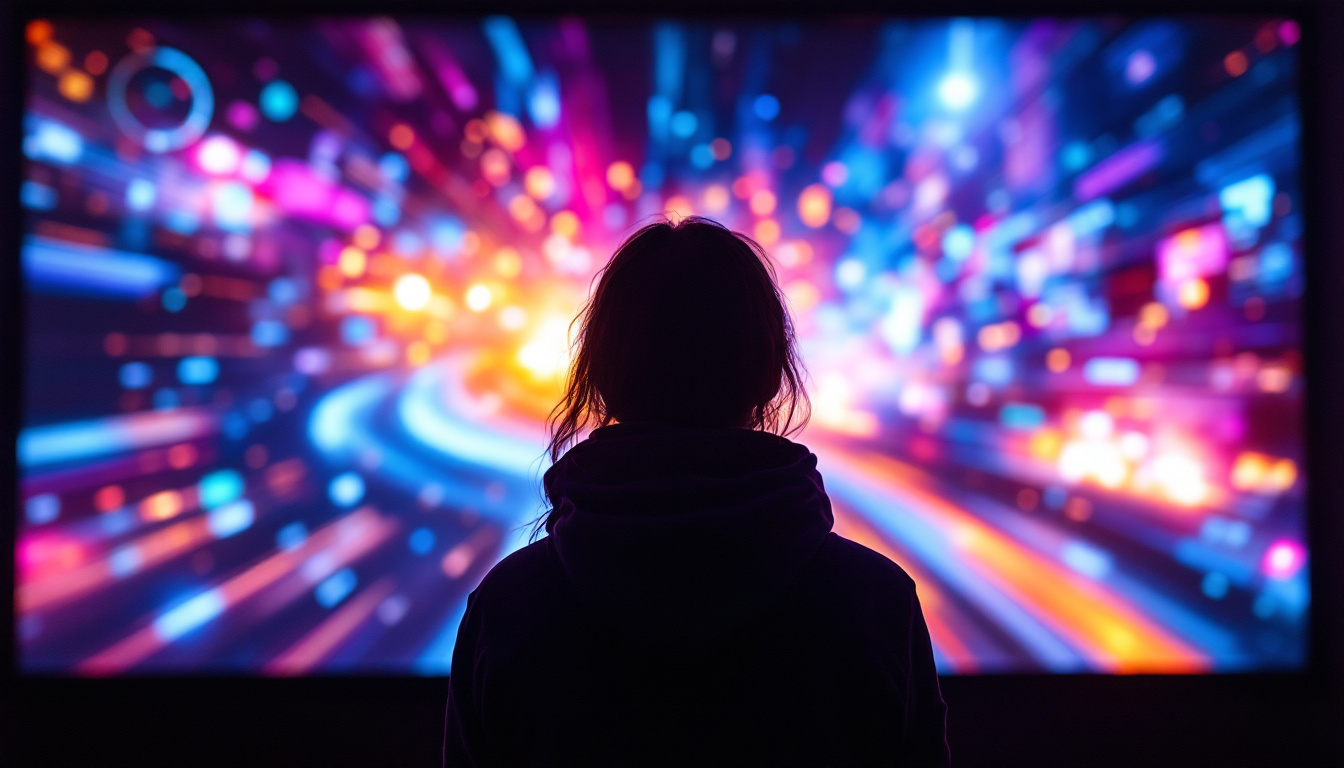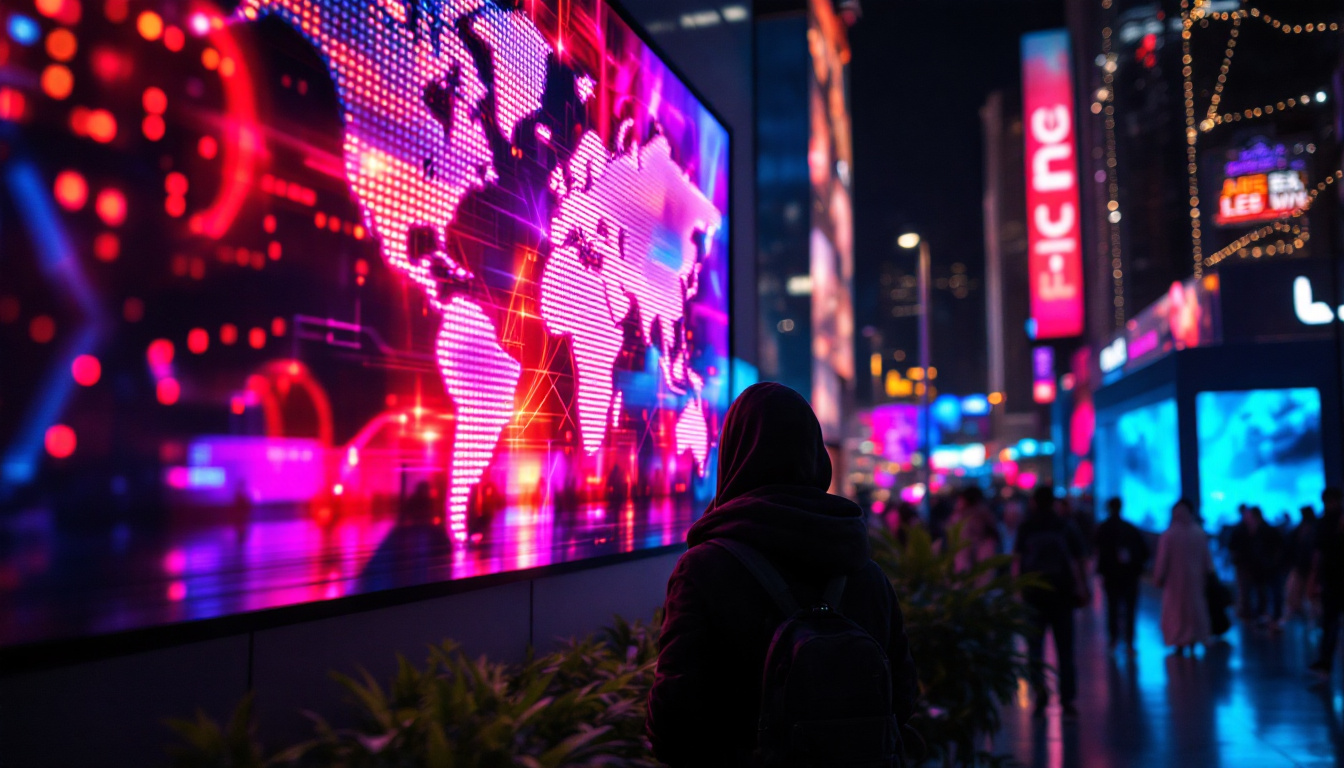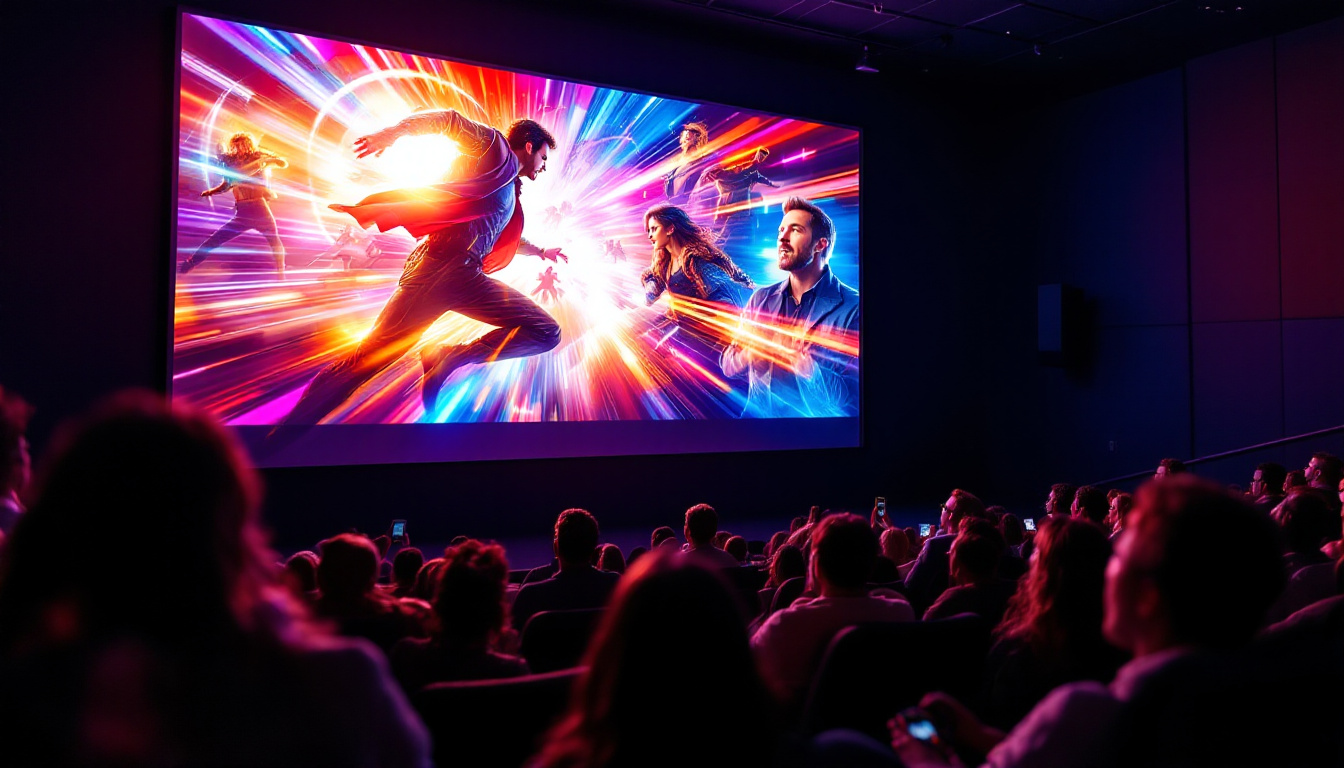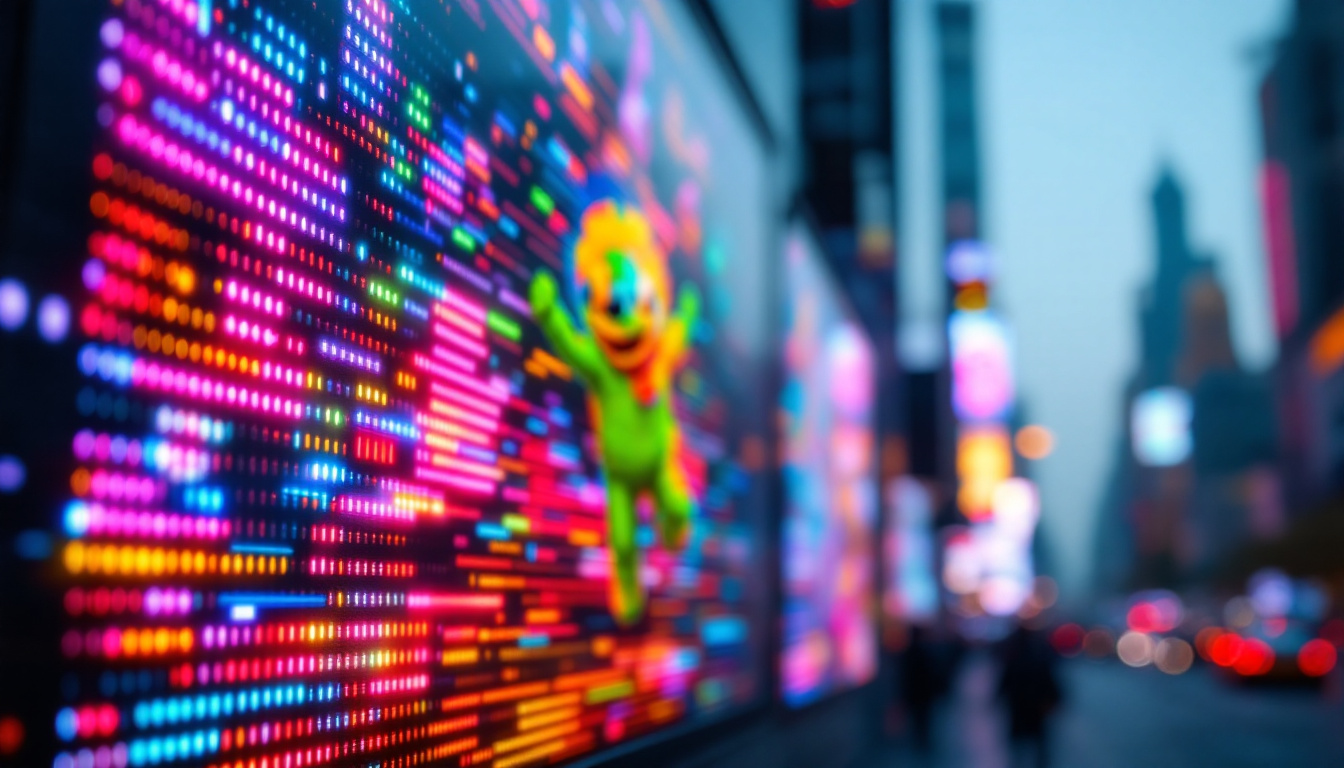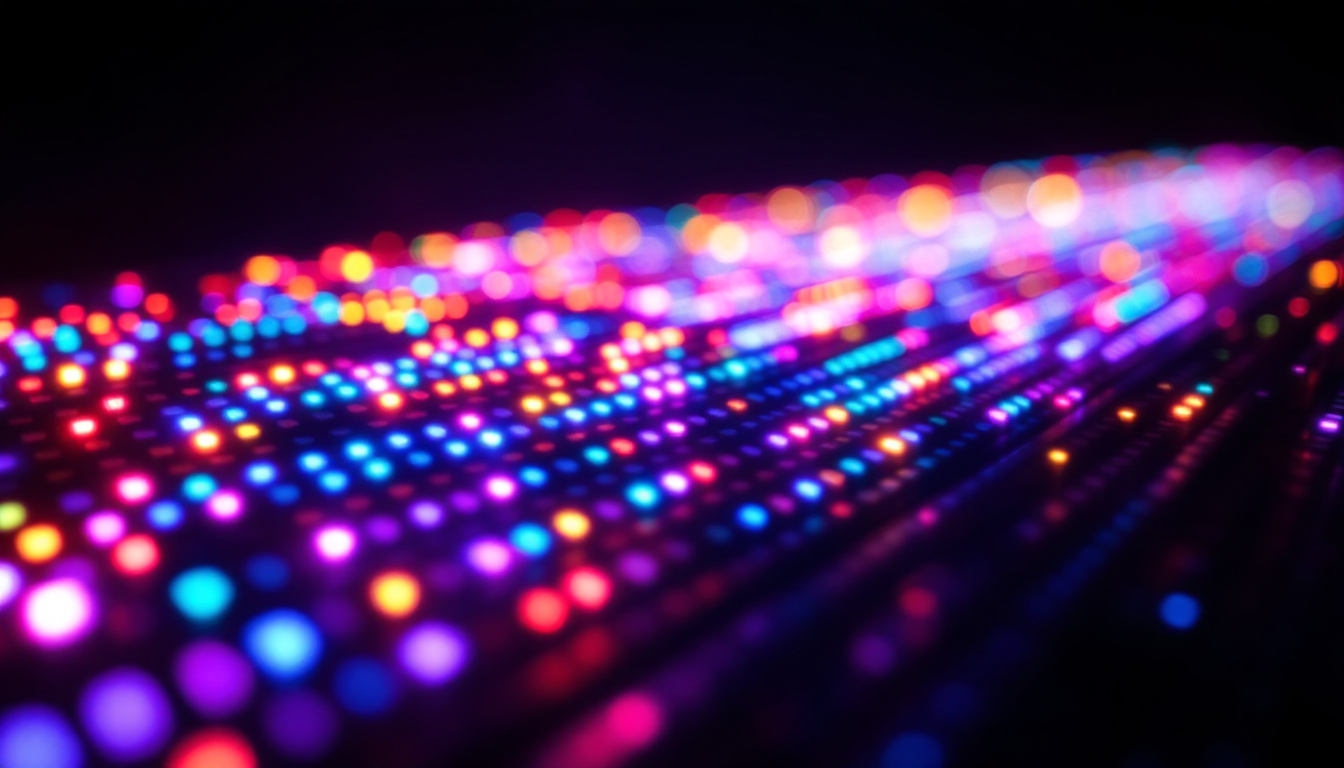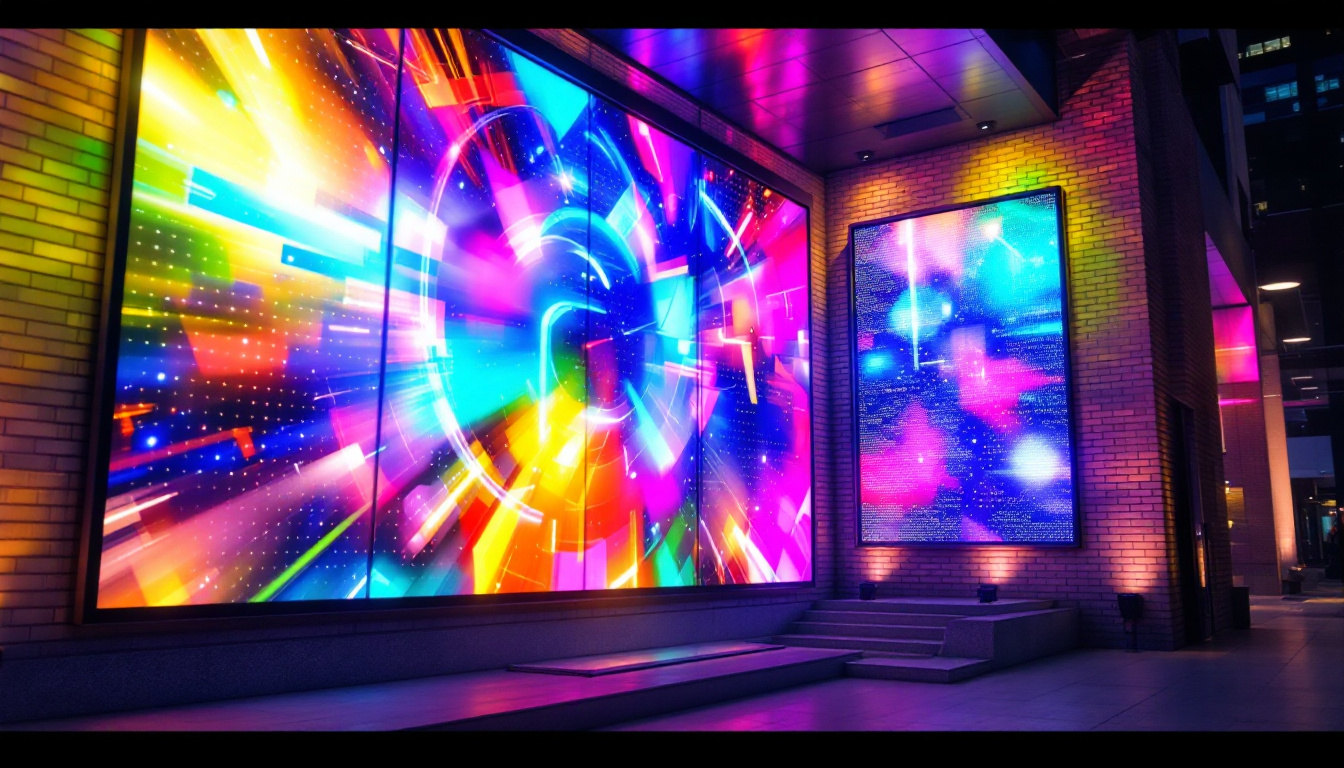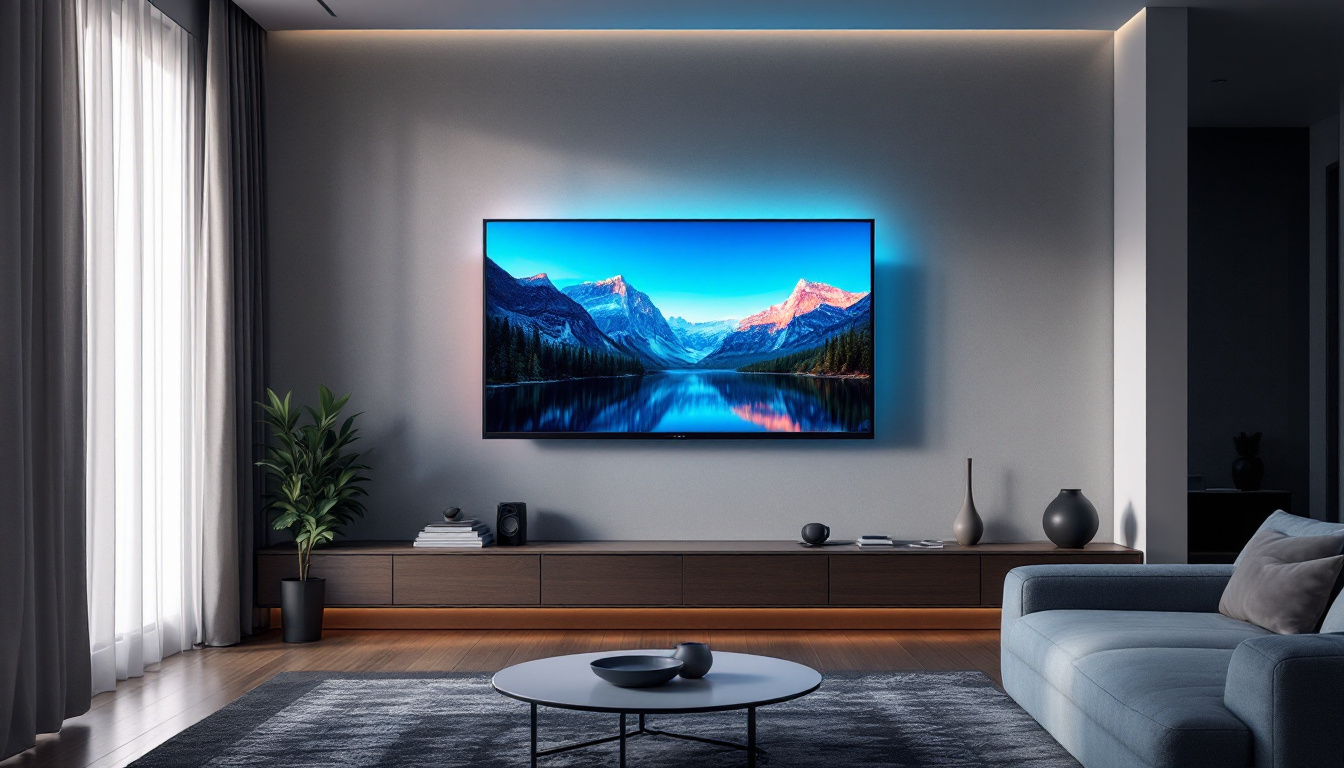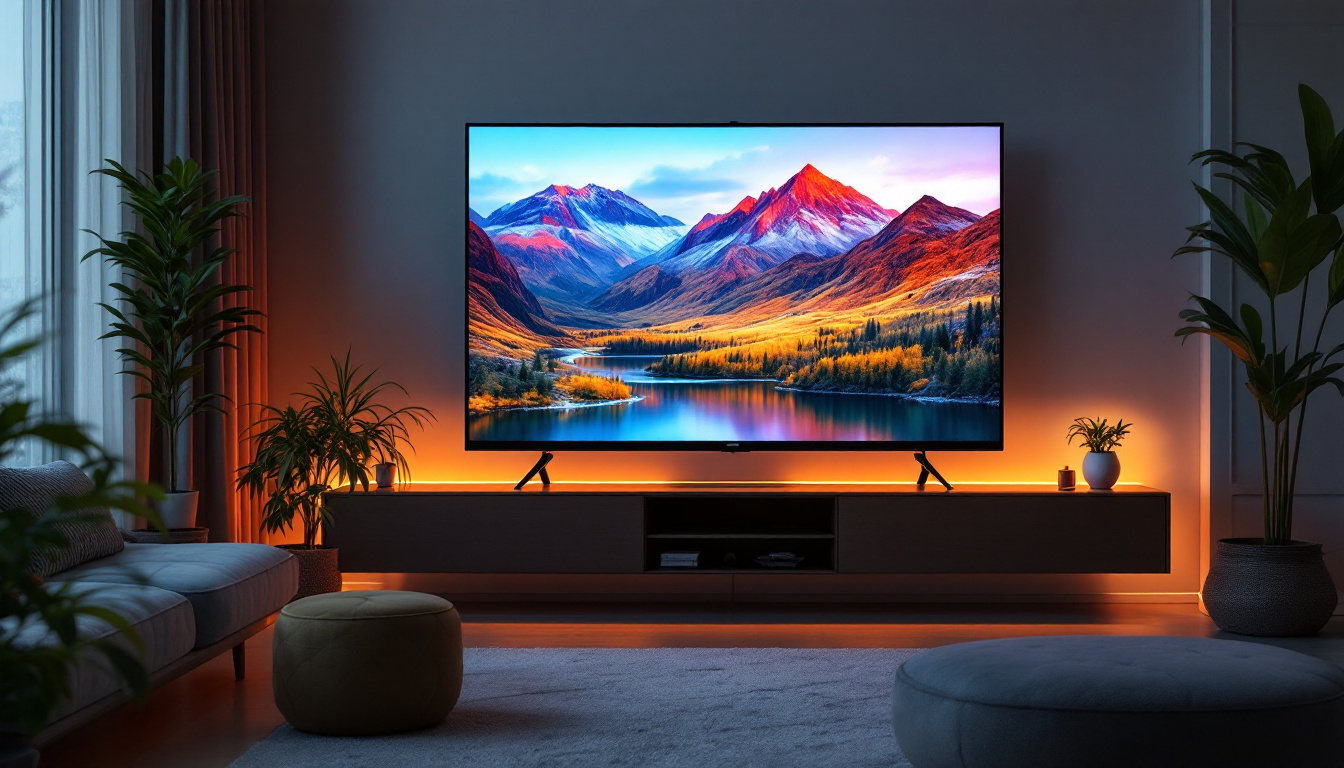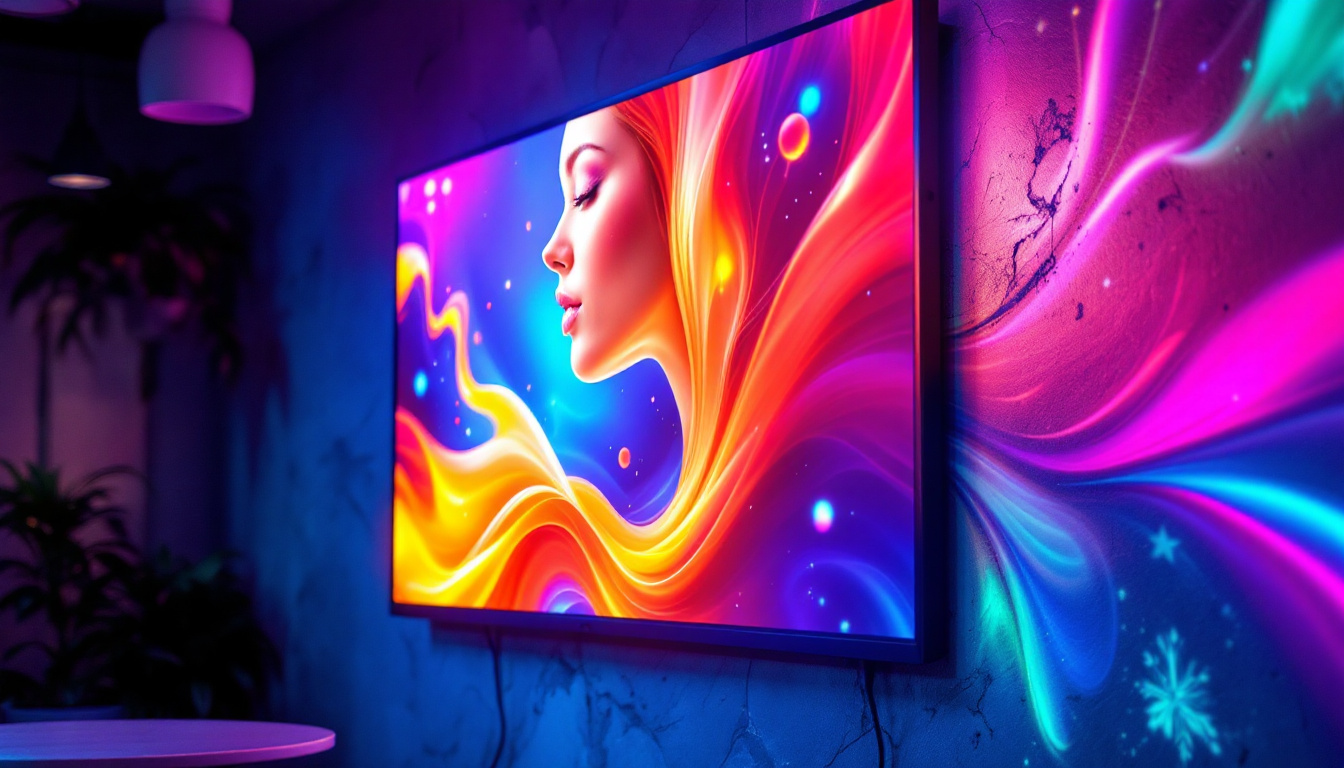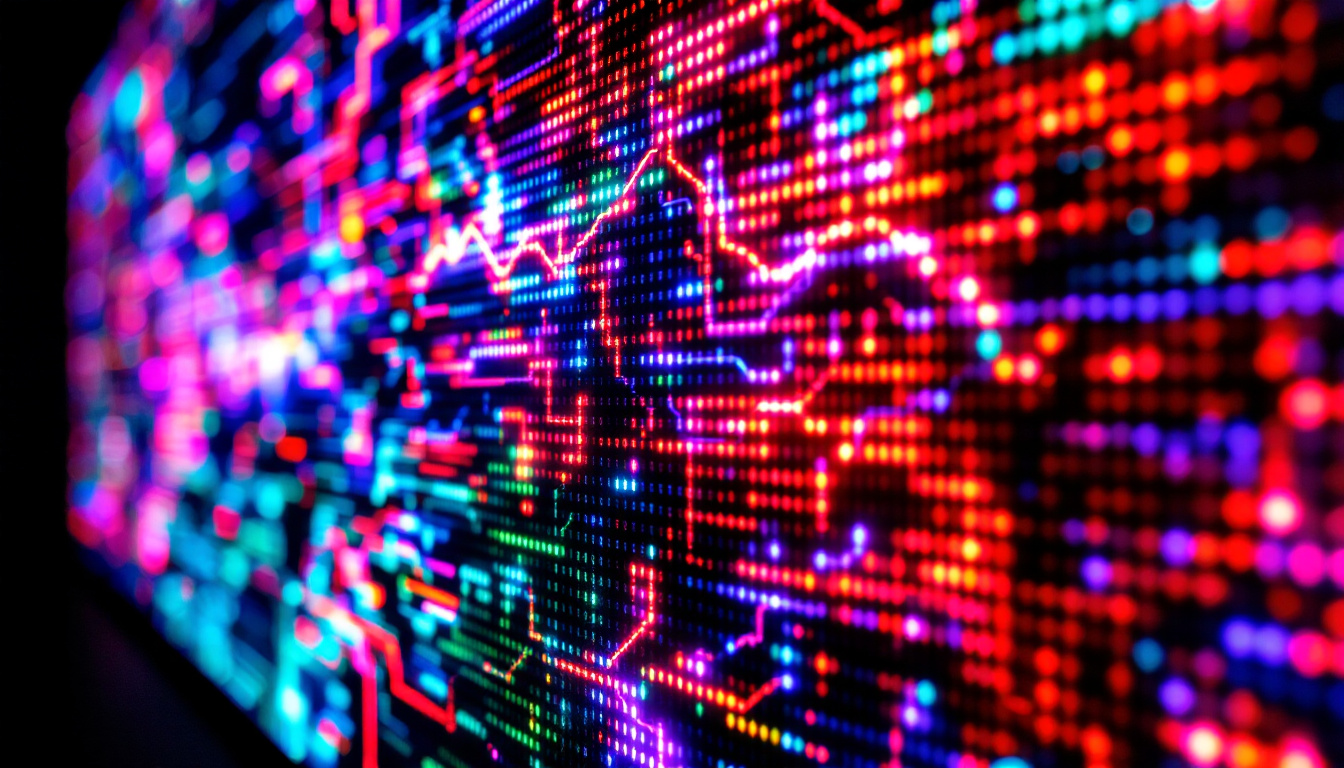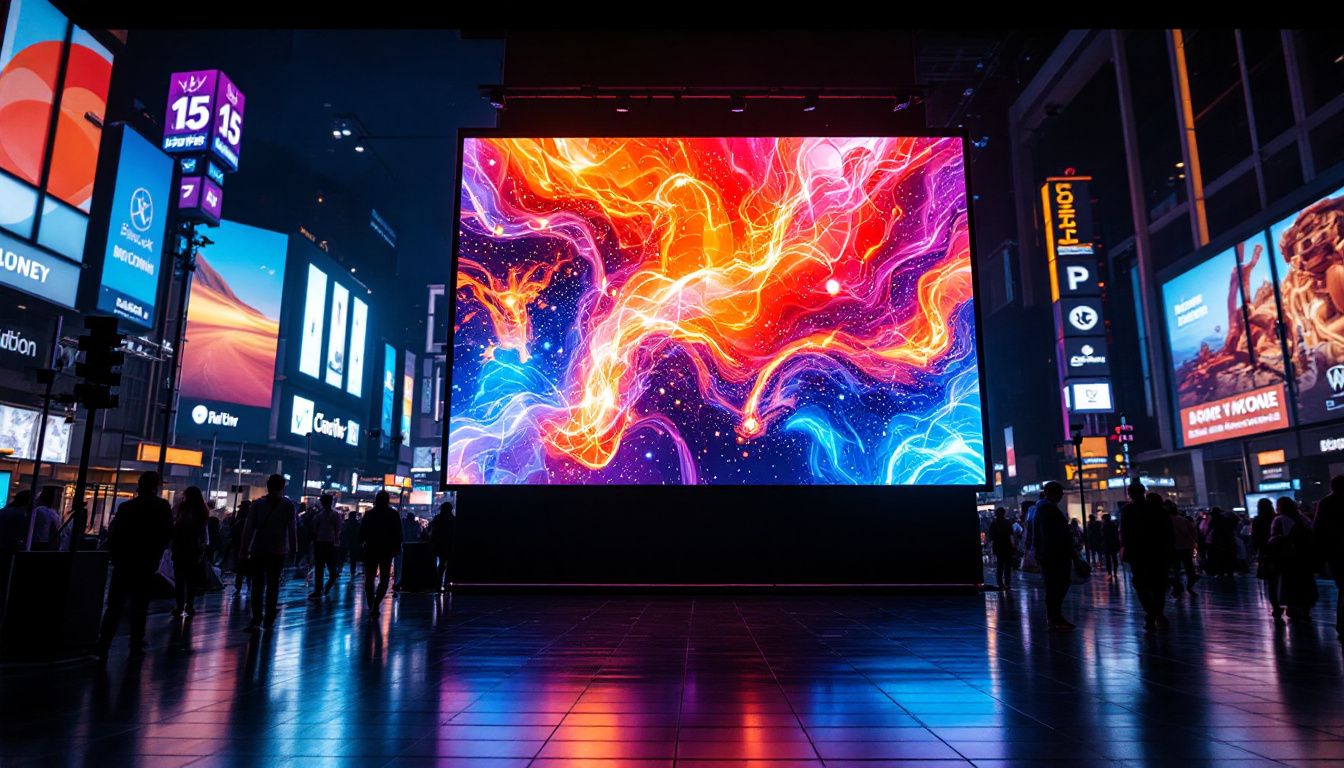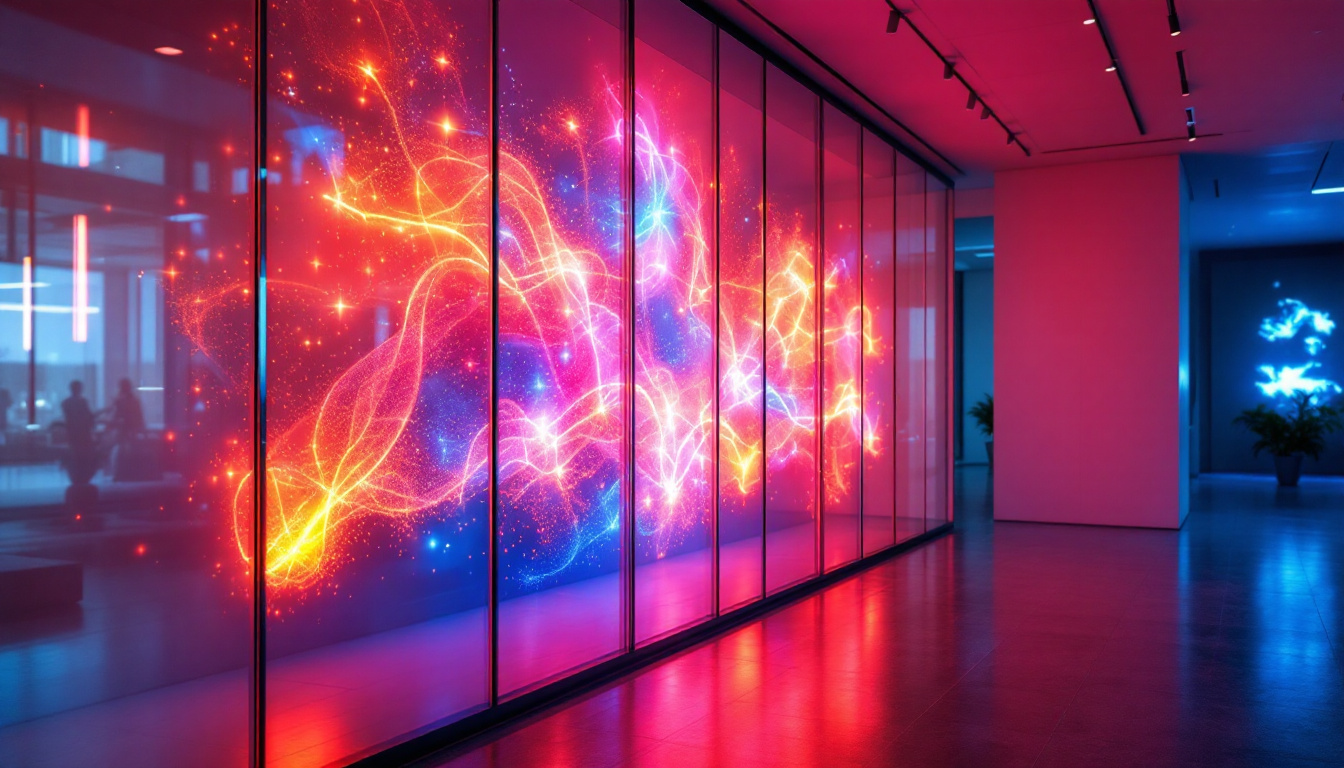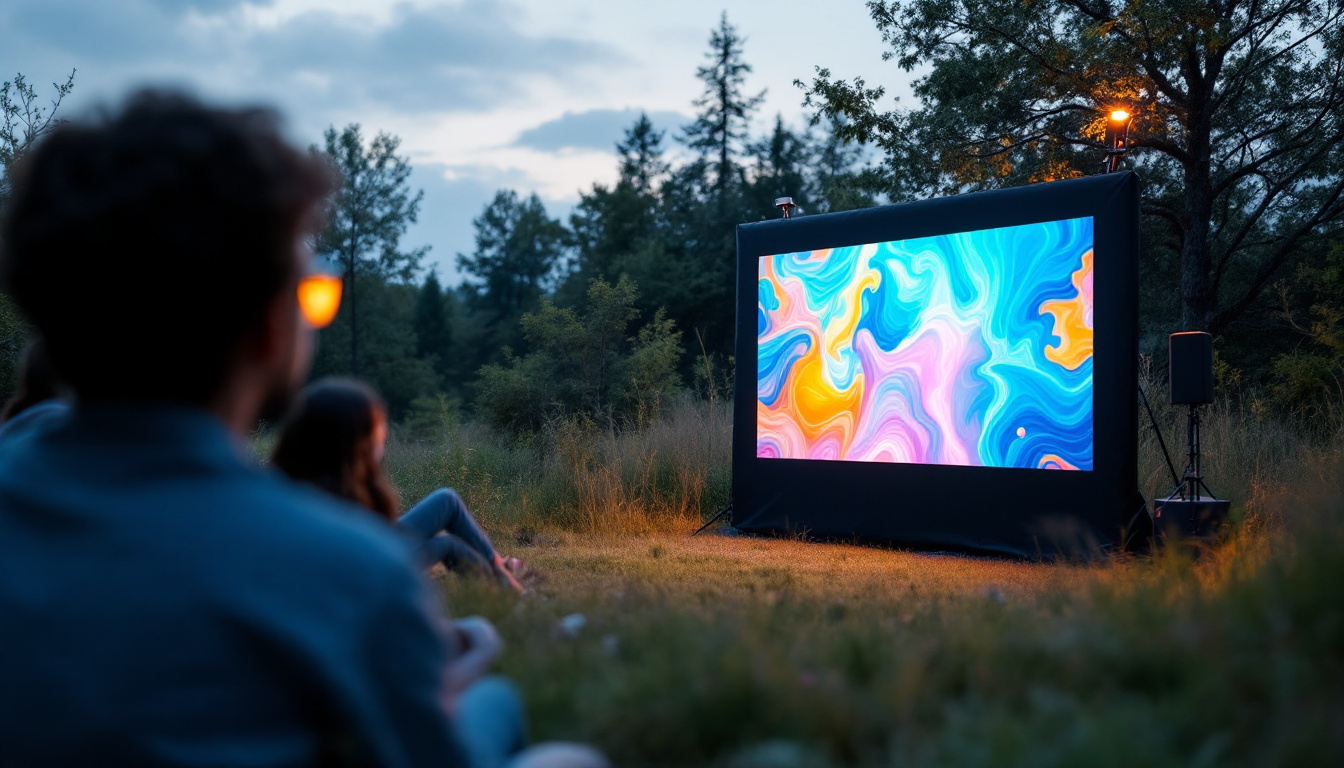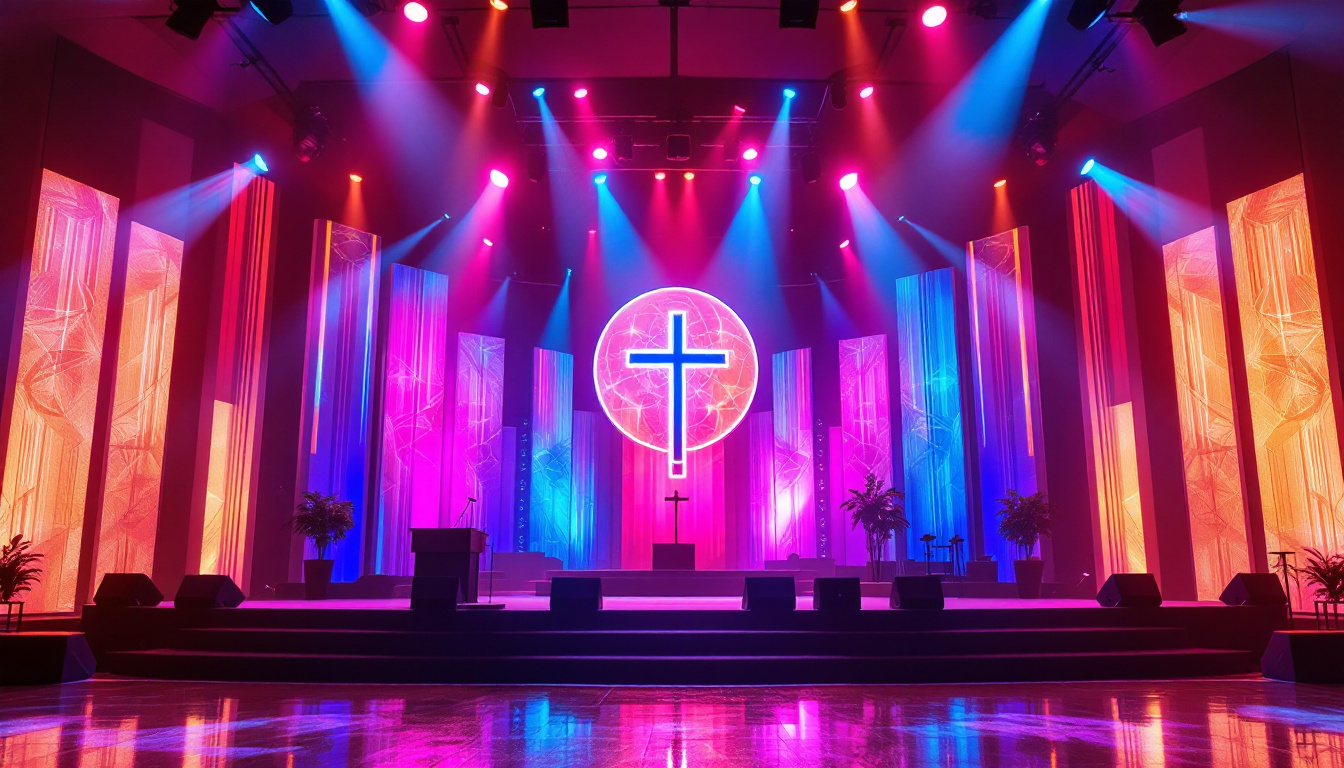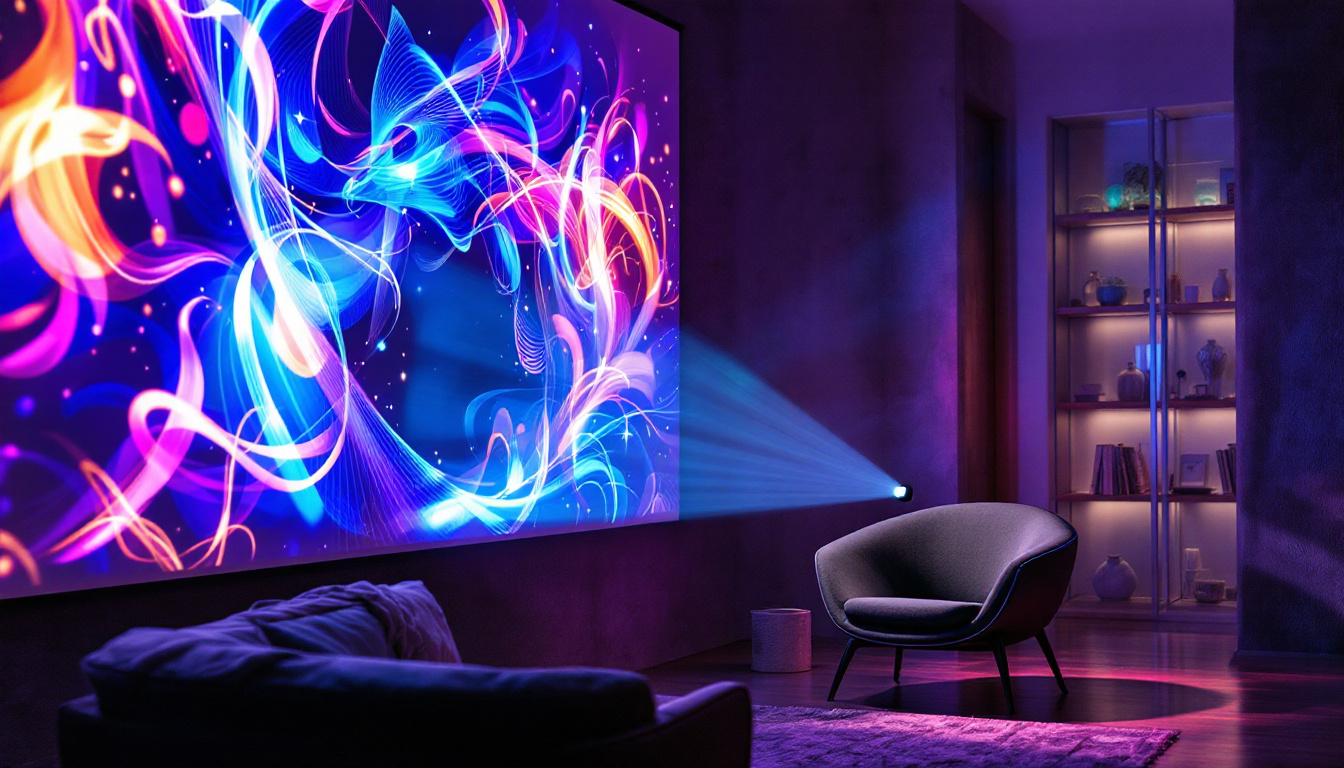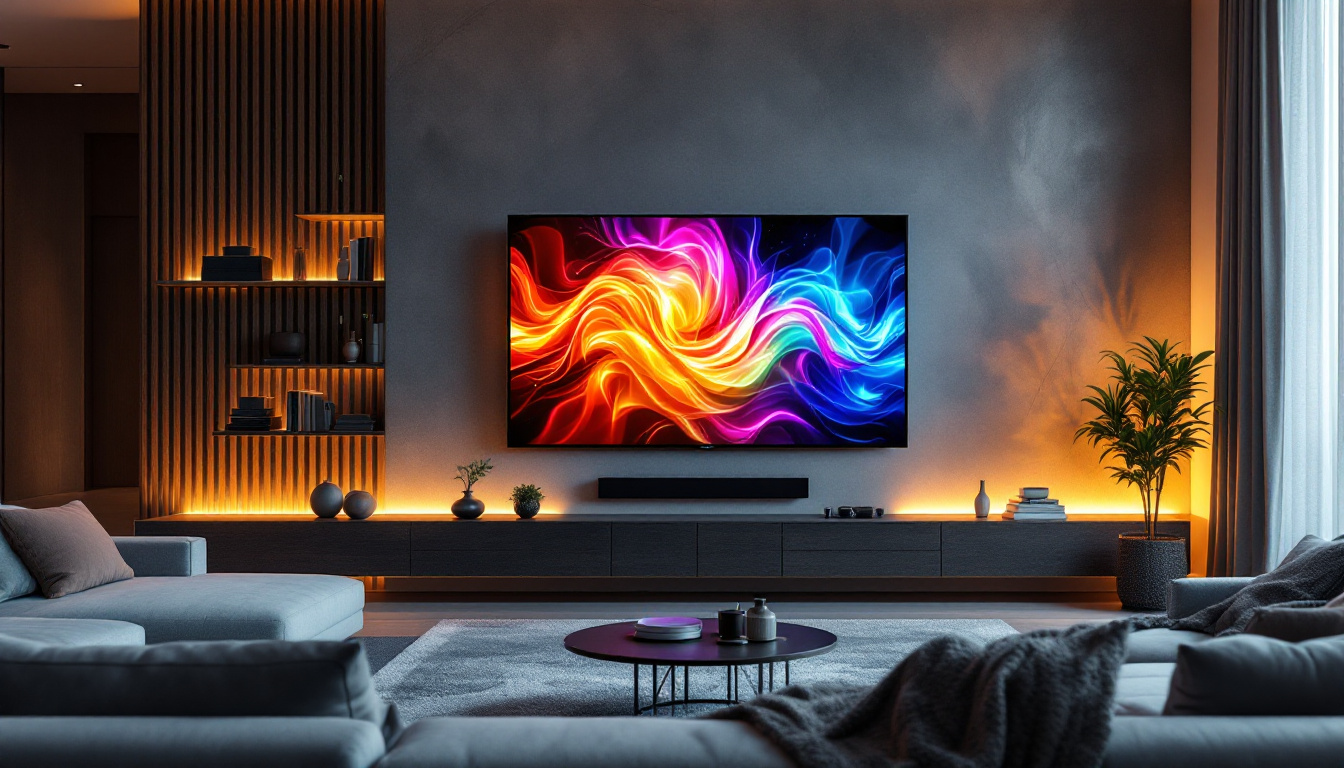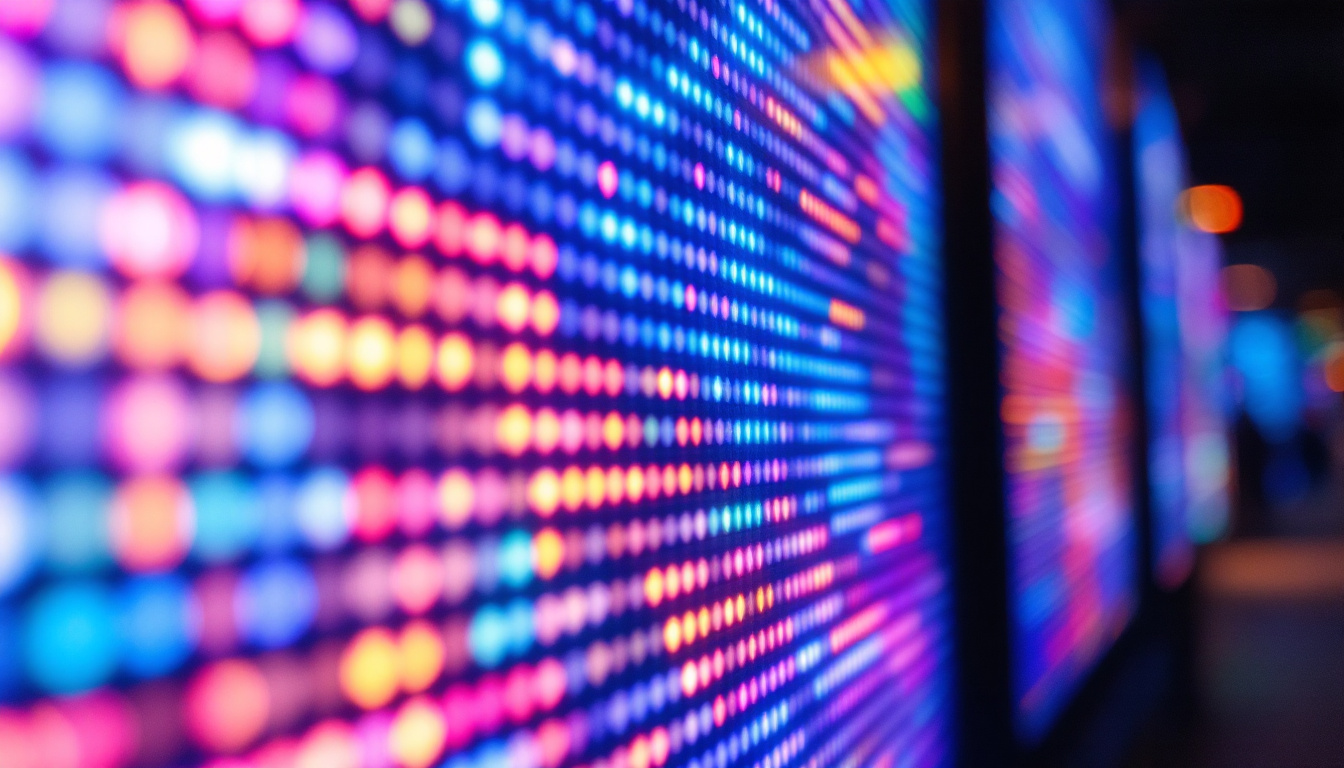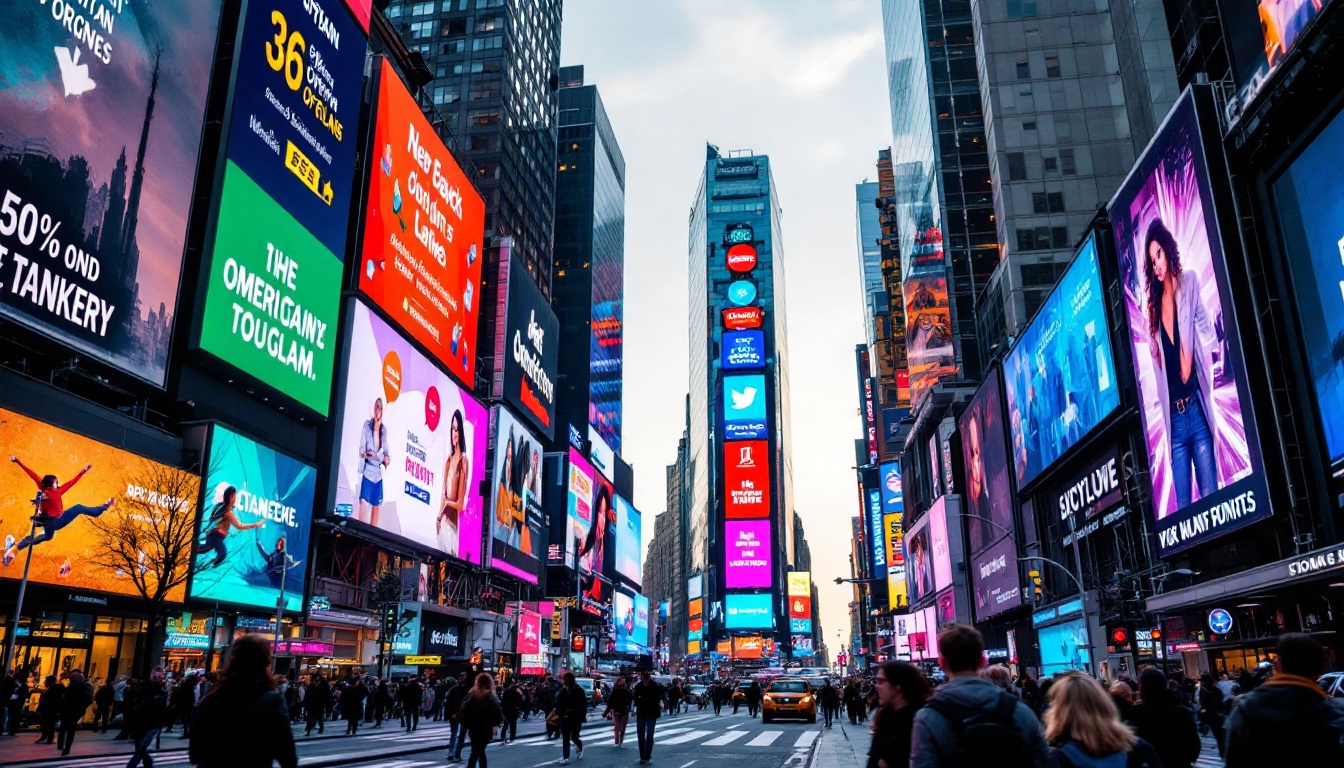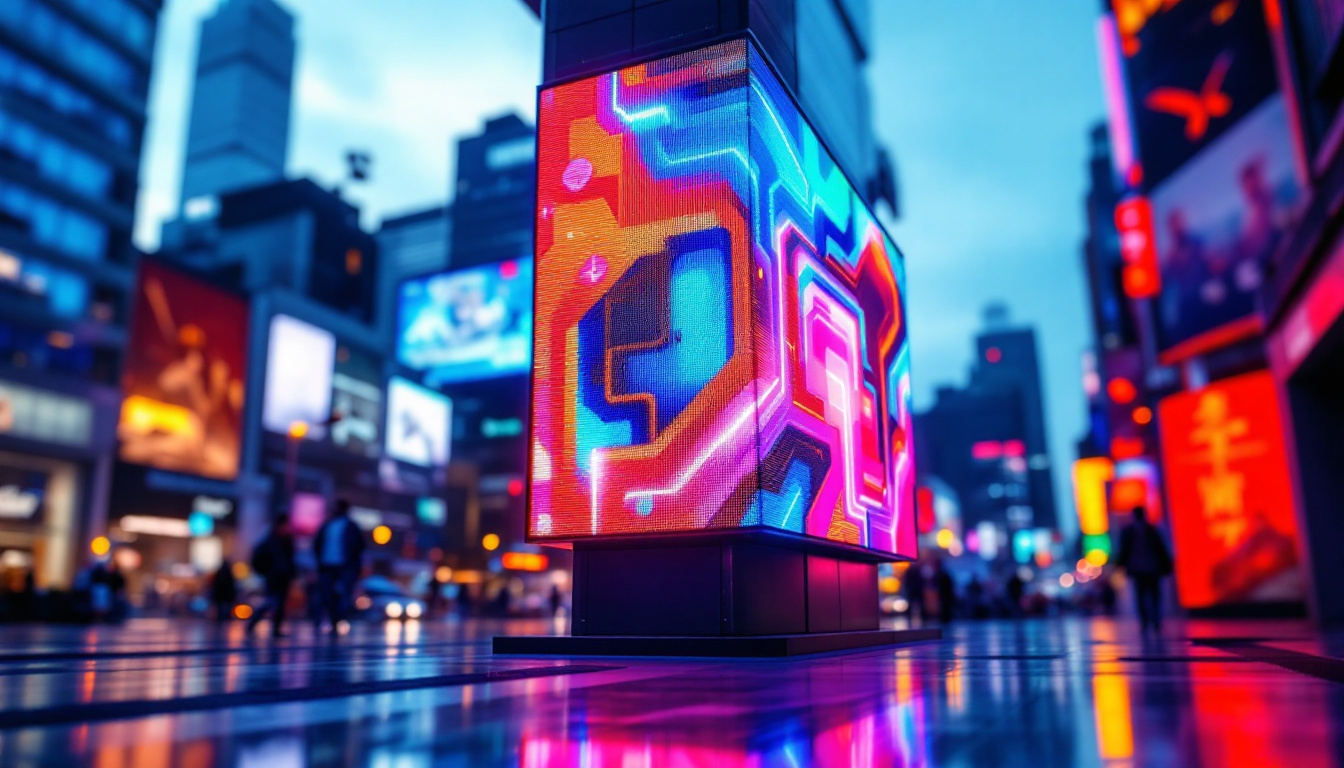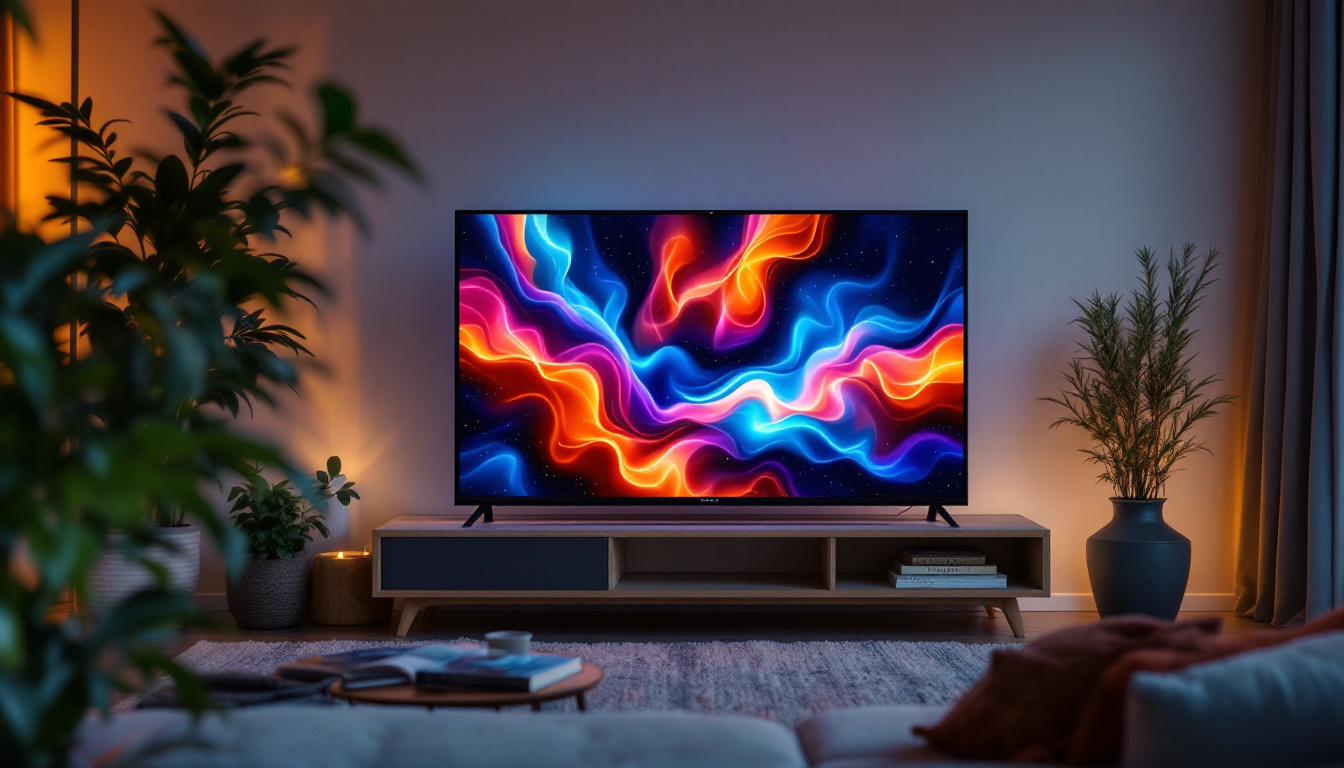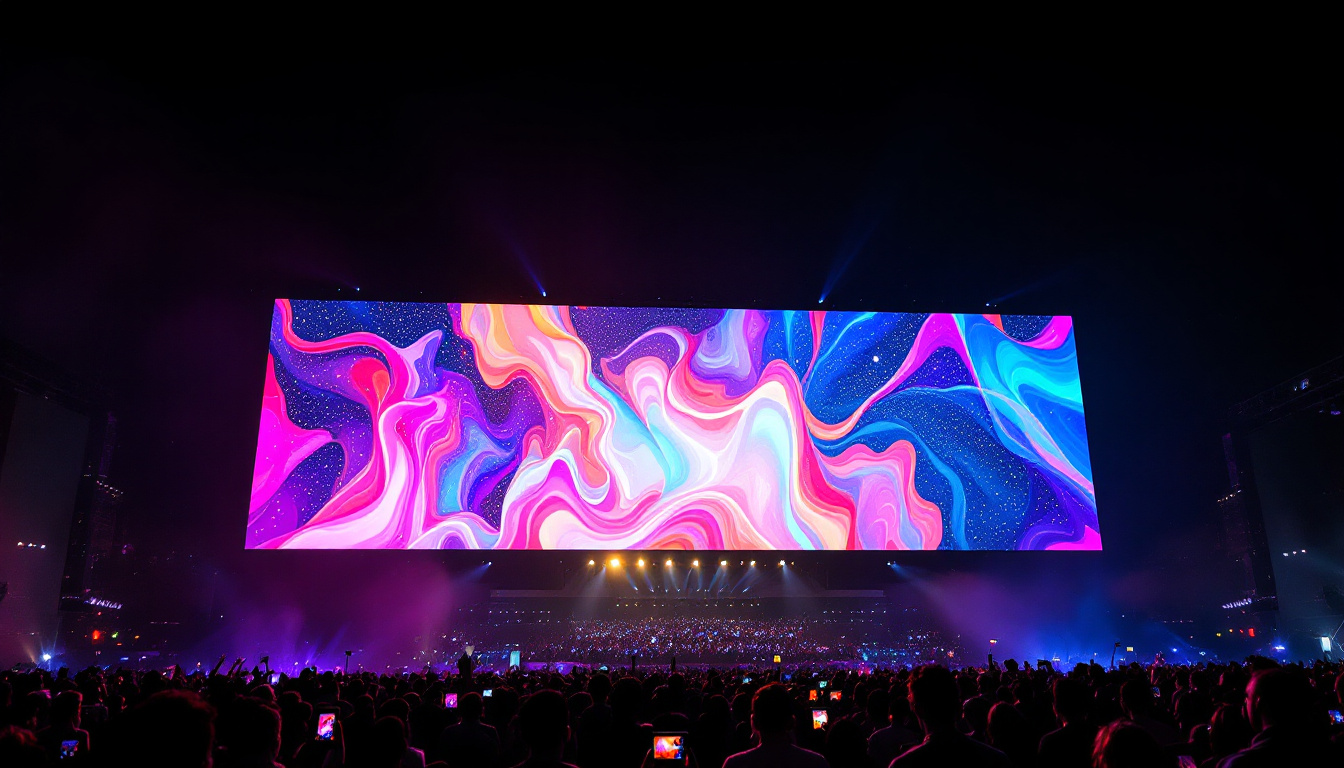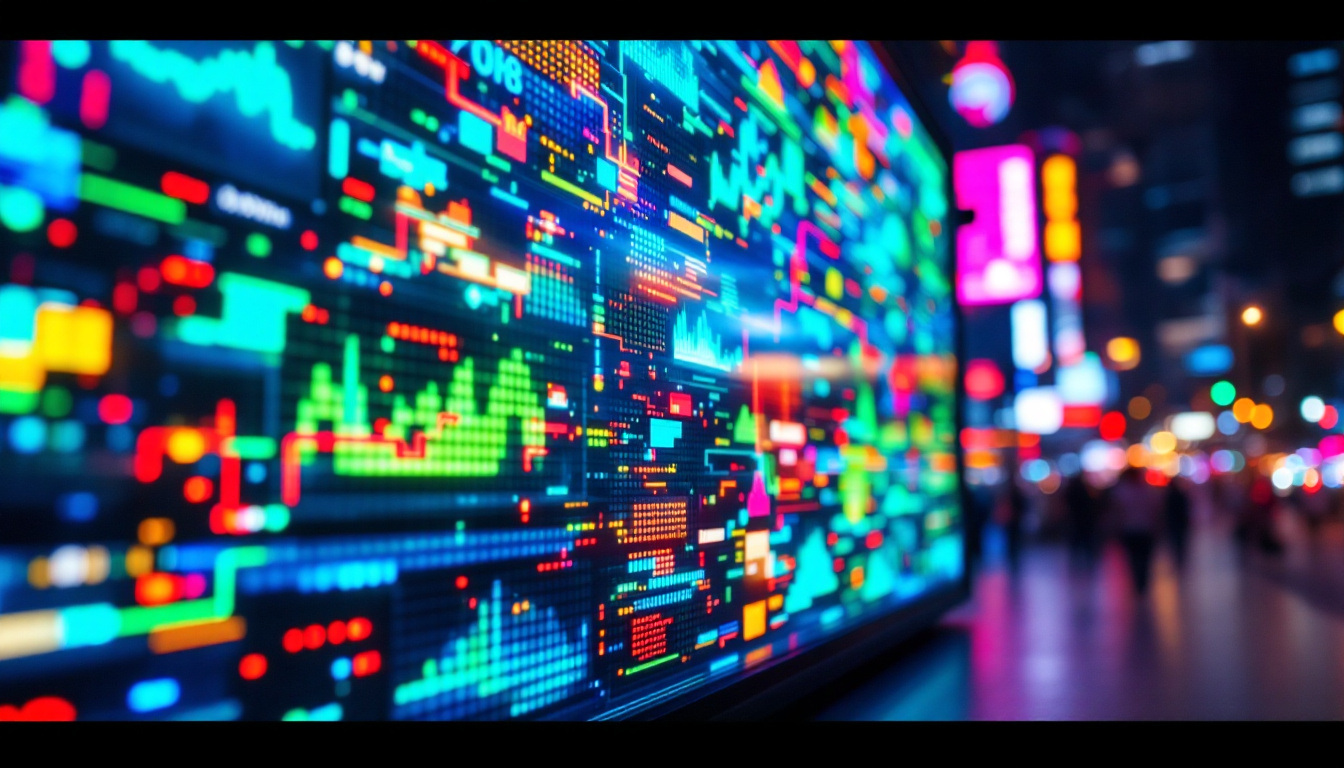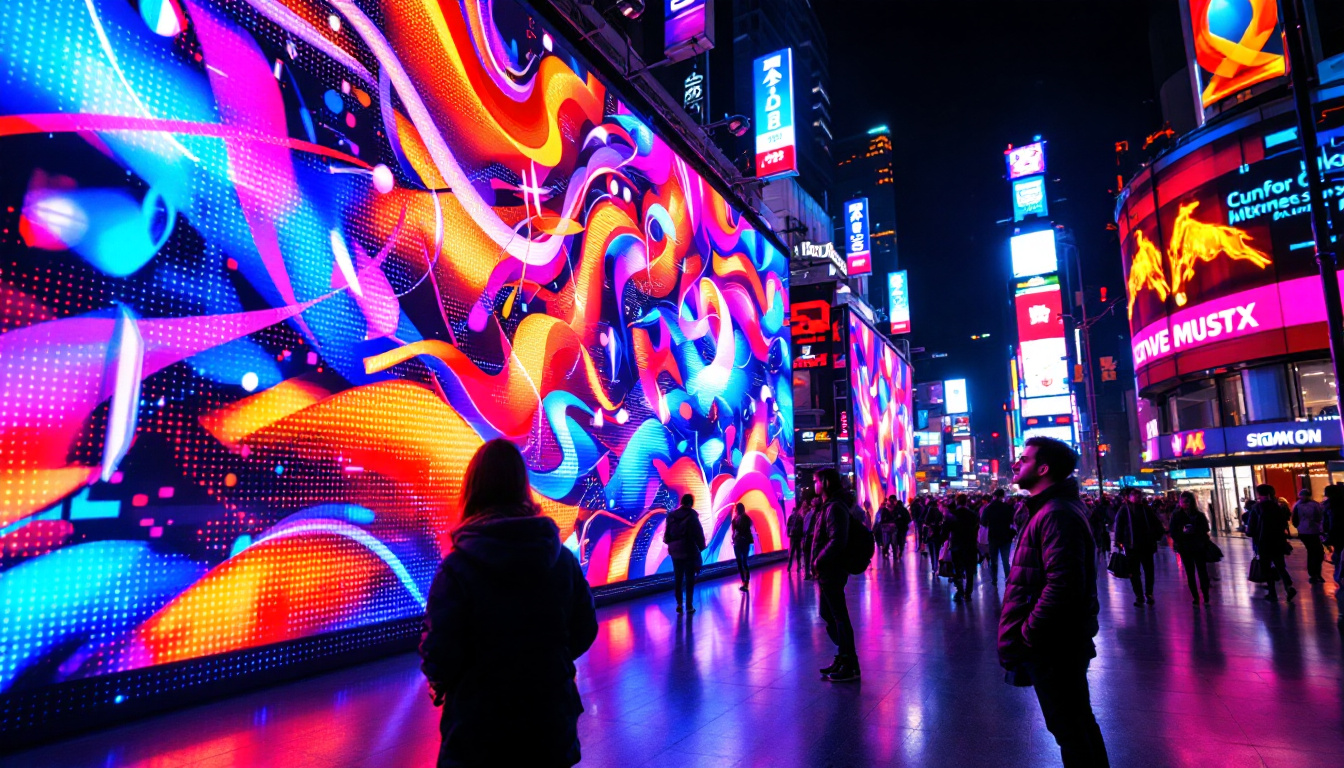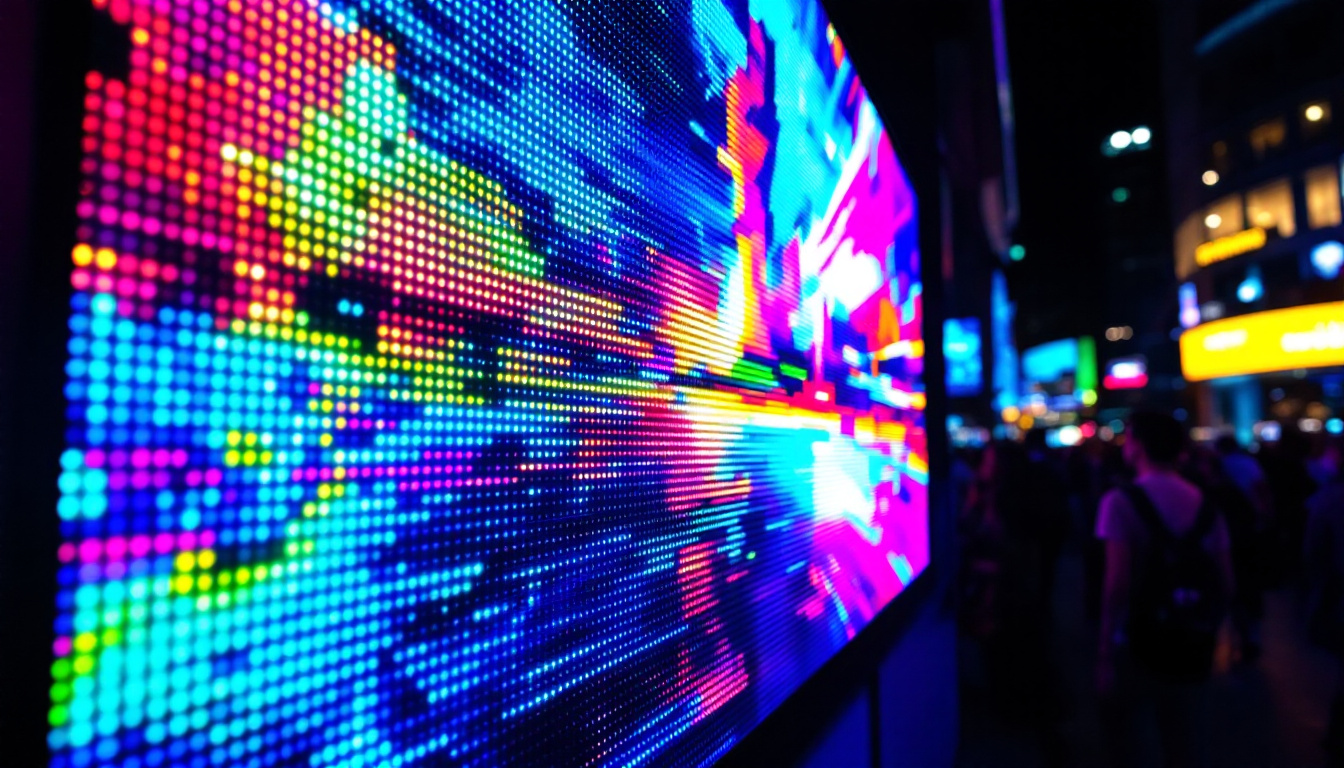In the modern corporate environment, effective communication is paramount. Boardrooms, as the epicenter of decision-making, require advanced technology to facilitate discussions and presentations. One of the most impactful tools in this regard is the LED display. This article delves into the intricacies of LED displays, their advantages, and how they transform boardroom experiences.
Understanding LED Displays
LED (Light Emitting Diode) displays have become increasingly popular in various settings, including boardrooms. They utilize semiconductor technology to produce light, offering vibrant colors and high contrast ratios. This technology not only enhances visual presentations but also ensures that information is conveyed clearly and effectively. The energy efficiency of LED displays is another crucial factor contributing to their widespread adoption; they consume significantly less power compared to traditional display technologies, which translates to lower operational costs over time.
How LED Displays Work
At the core of an LED display is a matrix of tiny light-emitting diodes. These diodes can emit different colors when an electric current passes through them. By combining red, green, and blue (RGB) light, LED displays can create a wide spectrum of colors. The arrangement and density of these diodes determine the display’s resolution and clarity. Furthermore, advancements in LED technology have led to the development of features such as dynamic contrast adjustment and color calibration, which enhance the viewing experience by ensuring that colors remain true to life under various lighting conditions.
Additionally, LED displays can be categorized into two main types: direct-view and backlit. Direct-view LED displays consist of individual LEDs that form the entire image, while backlit displays use LEDs to illuminate an LCD panel. Each type has its unique advantages, making them suitable for different applications. For instance, direct-view displays are often favored for their superior brightness and color accuracy, while backlit displays are typically more cost-effective for larger installations.
Types of LED Displays
When considering LED displays for boardrooms, it’s essential to understand the various types available. The most common types include:
- Indoor LED Displays: These are designed for use within enclosed spaces. They typically have a higher pixel density, ensuring that images and text remain sharp even at close viewing distances. Indoor displays are often used for presentations, video conferencing, and corporate events, providing a seamless visual experience that captivates audiences.
- Outdoor LED Displays: Built to withstand weather conditions, outdoor displays are generally larger and have lower pixel density. They are ideal for advertising and public information. These displays are engineered to be visible in bright sunlight and are equipped with protective casings to prevent damage from rain, wind, and other environmental factors.
- Transparent LED Displays: These innovative displays allow light to pass through, making them perfect for creative applications where visibility is essential. Transparent LED displays are increasingly used in retail environments, allowing businesses to showcase products while maintaining an open and airy atmosphere.
Moreover, the rise of smart LED displays has introduced additional functionalities, such as touch capabilities and integration with IoT devices. This allows for interactive presentations and real-time data sharing, further enhancing the utility of LED displays in modern boardrooms. As technology continues to evolve, we can expect even more exciting developments in the realm of LED displays, making them an indispensable tool for effective communication and engagement in professional settings.
The Advantages of LED Displays in Boardrooms
Integrating LED displays into boardroom settings provides numerous benefits that enhance the overall meeting experience. From improved visibility to energy efficiency, these displays cater to the diverse needs of modern businesses.
Enhanced Visual Clarity
One of the most significant advantages of LED displays is their superior visual clarity. With high brightness levels and excellent contrast ratios, LED displays ensure that content is easily visible, even in well-lit environments. This is particularly important in boardrooms where natural light may affect visibility.
Furthermore, LED displays offer wide viewing angles, allowing participants seated at various positions around the table to see the content clearly. This inclusivity fosters better communication and engagement during meetings. The ability to present detailed graphs, charts, and images without compromising quality ensures that all attendees can grasp the information being shared, leading to more productive discussions and decision-making processes.
Energy Efficiency
LED technology is known for its energy efficiency compared to traditional display technologies. LED displays consume less power, leading to reduced energy costs over time. This is particularly beneficial for organizations that conduct frequent meetings, as the cumulative savings can be significant.
Moreover, many LED displays are designed with longevity in mind, reducing the need for frequent replacements and maintenance. This not only saves money but also minimizes the environmental impact associated with electronic waste. In addition, the low heat emission of LED displays contributes to a more comfortable boardroom environment, as it reduces the need for excessive air conditioning, further enhancing energy savings.
Versatility and Customization
LED displays are incredibly versatile and can be customized to fit various boardroom layouts and requirements. They can be installed as standalone units, video walls, or integrated into existing furniture. This flexibility allows organizations to create a tailored solution that meets their specific needs.
Additionally, LED displays can support a wide range of content types, from presentations and videos to interactive applications. This adaptability makes them an invaluable tool for enhancing collaboration and information sharing in boardrooms. The integration of touch technology can transform a standard display into an interactive whiteboard, encouraging real-time brainstorming and idea sharing. Furthermore, with the rise of remote work, many LED displays now come equipped with features that facilitate seamless video conferencing, allowing teams to connect effortlessly regardless of their physical location. This capability not only enhances productivity but also strengthens team cohesion across distances.
Integrating LED Displays into Boardroom Design
Incorporating LED displays into boardroom design requires careful planning and consideration. The goal is to create an environment that promotes productivity and effective communication. Here are some key factors to consider when integrating LED displays into boardroom spaces.
Choosing the Right Size and Resolution
The size and resolution of the LED display are critical factors that influence its effectiveness. A display that is too small may not be visible to all participants, while one that is too large can overwhelm the space. It’s essential to assess the room’s dimensions and the typical seating arrangement to determine the optimal size.
Resolution is equally important. Higher resolution displays provide sharper images and clearer text, which is particularly beneficial for presentations that include detailed graphics or fine print. A display with a pixel pitch of 1.5mm to 2.5mm is generally suitable for indoor boardrooms, ensuring clarity without excessive cost.
Placement and Installation
The placement of the LED display can significantly impact its effectiveness. Ideally, it should be positioned at eye level to minimize neck strain and ensure that all participants can view the content comfortably. Wall-mounted displays are common, but freestanding units can also be effective, especially in flexible meeting spaces.
Installation should be carried out by professionals to ensure that the display is securely mounted and properly calibrated. This includes adjusting brightness levels, color settings, and connectivity options to achieve the best possible performance.
Connectivity and Integration
Modern boardrooms require seamless integration of technology to facilitate smooth presentations and collaborations. LED displays should be compatible with various devices, including laptops, tablets, and smartphones. This can be achieved through HDMI, DisplayPort, or wireless connectivity options.
Additionally, integrating the LED display with other technologies, such as video conferencing systems and sound systems, enhances the overall meeting experience. A well-connected boardroom allows for efficient information sharing and collaboration, regardless of participants’ locations.
Future Trends in LED Display Technology
The world of LED display technology is continually evolving, with new innovations enhancing their capabilities and applications. Understanding these trends can help organizations stay ahead of the curve and make informed decisions about their boardroom technology.
Advancements in Display Technology
Recent advancements in LED technology have led to improvements in resolution, color accuracy, and energy efficiency. MicroLED and MiniLED technologies are gaining traction, offering even higher resolutions and better performance in various lighting conditions. These advancements make LED displays more appealing for high-end boardrooms where visual quality is paramount.
Additionally, developments in flexible and curved LED displays are opening new possibilities for creative installations. Such displays can adapt to unique room shapes and layouts, providing a more immersive experience for meeting participants.
Interactive Capabilities
As collaboration becomes increasingly important in the corporate world, interactive LED displays are gaining popularity. These displays allow users to engage with content directly, facilitating brainstorming sessions and collaborative decision-making.
Touchscreen capabilities, combined with advanced software solutions, enable participants to annotate presentations, share ideas in real-time, and interact with data more effectively. This interactivity fosters a more dynamic and engaging meeting environment.
Integration with AI and Data Analytics
The integration of artificial intelligence (AI) and data analytics into LED displays is another emerging trend. AI can enhance content delivery by analyzing audience engagement and adjusting presentations accordingly. For instance, displays can change content based on who is present in the room or the time of day.
Data analytics can provide insights into meeting effectiveness, helping organizations understand which presentations resonate with participants. This information can be invaluable for improving future meetings and ensuring that content is relevant and engaging.
Conclusion
In conclusion, LED displays are revolutionizing boardroom experiences by enhancing communication, collaboration, and engagement. Their superior visual clarity, energy efficiency, and versatility make them an essential tool for modern businesses. As technology continues to evolve, organizations that embrace LED displays will be better equipped to foster innovation and drive success in their meetings.
By understanding the intricacies of LED displays and their integration into boardroom design, businesses can create environments that not only facilitate effective decision-making but also inspire creativity and collaboration among team members. As the corporate landscape continues to change, investing in advanced display technology will undoubtedly pay dividends in the long run.
Discover LumenMatrix LED Display Solutions
Ready to elevate your boardroom and captivate your audience with unparalleled visual experiences? Explore LumenMatrix’s comprehensive range of LED display solutions, from the dynamic Indoor LED Wall Display to the robust Outdoor LED Wall Display, and beyond. Embrace innovation with our specialized displays, including Vehicle LED, LED Poster, LED Sports, Floor LED, Custom LED, All-in-One LED, and LED Transparent Displays. Transform your visual communication and engage your audience like never before. Check out LumenMatrix LED Display Solutions today and bring your boardroom into the future.

